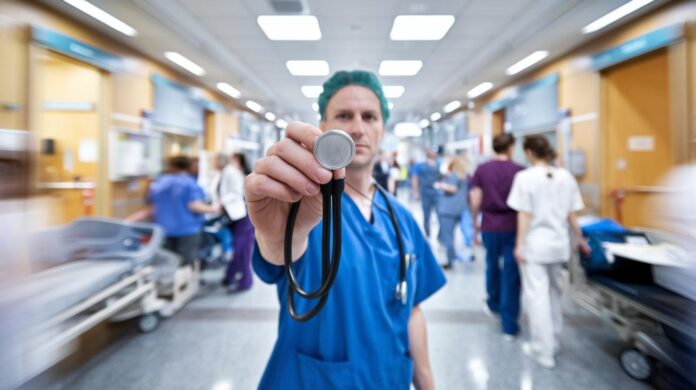Could a misstep in a critical hospital setting mean the difference between life and death? The answer lies in the indispensable equipment that forms the core of emergency care. The unsung heroes of hospital functionality, such as defibrillators, ventilators, and infusion pumps, ensure effective patient management during crises. This article delves into the significance of these paramount tools, explaining their essential roles within healthcare environments. From restoring cardiac function to delivering precise medication doses, understanding these life-saving tools is crucial for anyone invested in medical technology advancements. Explore their transformative impact and why they are non-negotiable in every hospital.
Essential Life-Saving Equipment in Hospitals
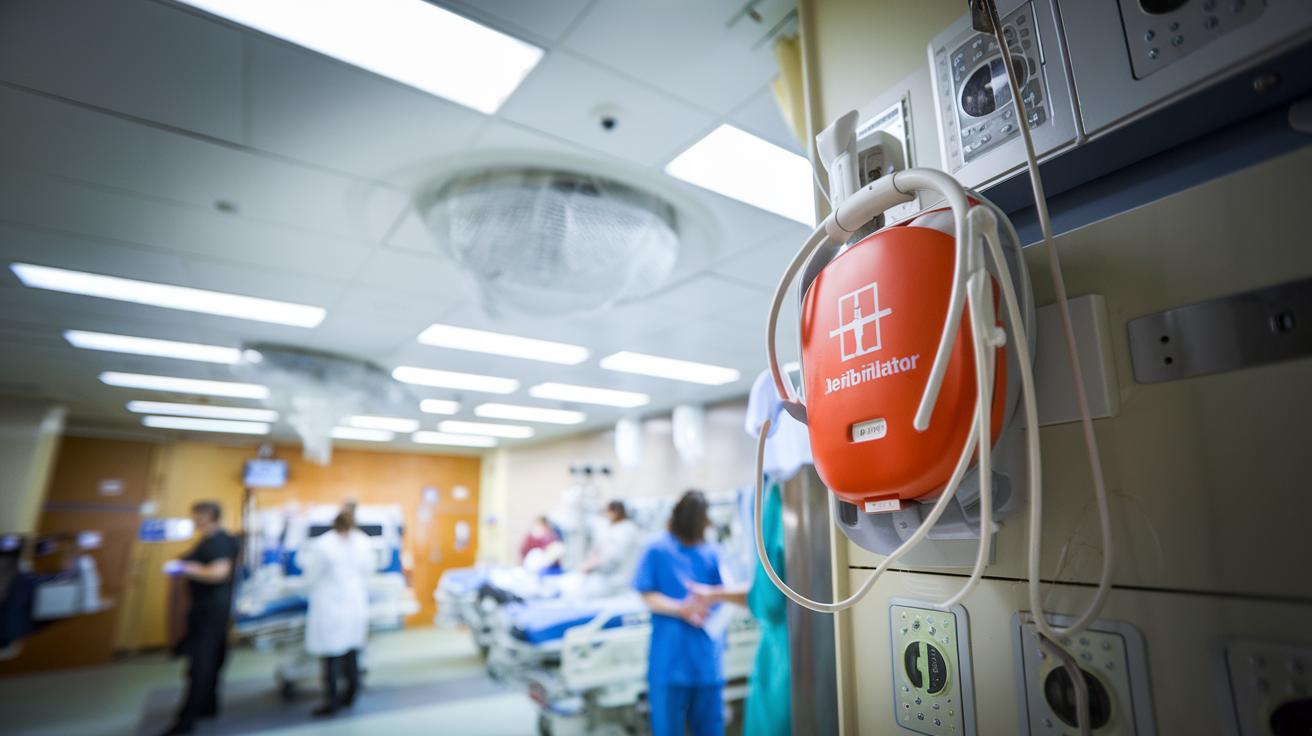
Life-saving equipment in hospitals is indispensable, providing critical support in emergency situations and ensuring patient survival during acute medical crises. These tools, which include defibrillators, ventilators, and infusion pumps, are essential for effective emergency care. Defibrillators are employed to restore normal heart rhythm during cardiac arrest, delivering life-saving electrical impulses. Ventilators assist patients who cannot breathe independently, maintaining oxygenation and carbon dioxide elimination. Infusion pumps ensure precise administration of medications and fluids, crucial for maintaining therapeutic drug levels and patient stability. The integration of these devices into hospital settings is vital for addressing life-threatening conditions promptly and efficiently.
Defibrillators are pivotal in emergency cardiac care, particularly in cases of cardiac arrest where timely intervention is critical. These devices deliver controlled electrical shocks to the heart, aiming to reestablish a normal rhythm. By providing rapid response capabilities, defibrillators significantly increase survival rates in cardiac emergencies. Their presence in multiple units within a hospital ensures immediate availability during critical situations, enhancing patient outcomes.
Ventilators play a crucial role in supporting patients with respiratory failure, a condition where spontaneous breathing is inadequate to sustain life. By mechanically assisting or replacing spontaneous breathing, ventilators help maintain optimal oxygen and carbon dioxide levels in the blood. They are vital in intensive care units, where patients often require prolonged respiratory support due to severe illness or injury. Ventilators facilitate stabilization and recovery, enabling patients to receive necessary medical care while their underlying condition is treated.
Infusion pumps are essential for delivering precise amounts of medications and fluids intravenously, a necessity in critical care settings. By controlling the rate and volume of drug administration, these pumps ensure that patients receive accurate doses, minimizing the risk of under or overdosing. This precision is especially important in emergency scenarios where rapid medication delivery can be life-saving. Infusion pumps contribute to maintaining hemodynamic stability and supporting various therapeutic interventions.
Benefits of using life-saving tools in emergency situations:
- Increase survival rates through timely intervention.
- Enhance precision in medication and fluid delivery.
- Provide immediate respiratory support to critically ill patients.
- Facilitate real-time monitoring and adjustments in patient care.
- Improve overall patient outcomes in acute medical emergencies.
Critical Diagnostic Equipment in Hospitals
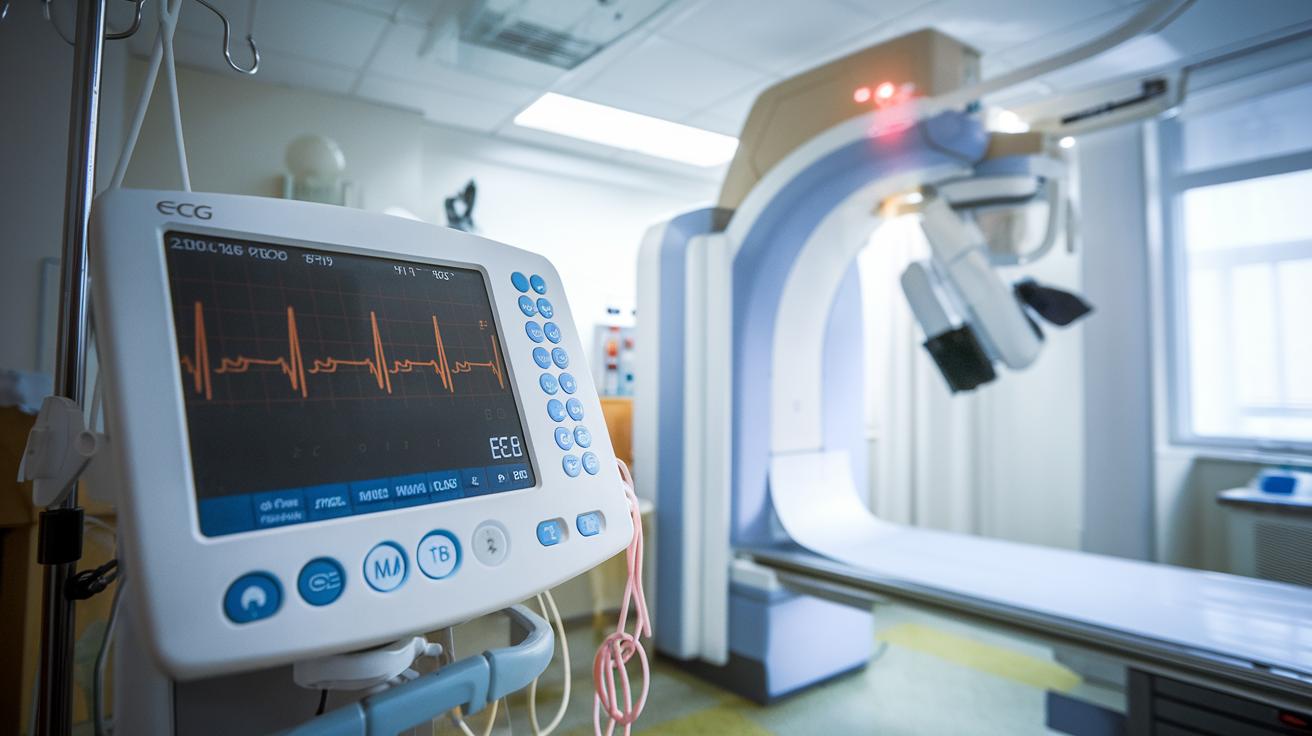
Diagnostic equipment is vital in hospital settings, serving as the cornerstone for patient assessment and accurate diagnosis. These tools enable healthcare providers to conduct non-invasive examinations, monitor patient conditions, and make informed decisions regarding treatment strategies. The ability to detect and evaluate medical conditions through advanced diagnostic technologies significantly enhances patient care and outcomes.
ECG (Electrocardiogram) machines are indispensable in monitoring and recording the electrical activity of the heart. They are used to diagnose various heart conditions, such as arrhythmias, myocardial infarctions, and other cardiac abnormalities. By providing real-time data on heart rhythms, ECG machines allow clinicians to intervene promptly and effectively, reducing the risk of severe cardiac events. Their utility in both routine check-ups and emergency care highlights their importance in hospital diagnosis.
X-ray machines are a fundamental component of diagnostic imaging, offering a non-invasive means to visualize the internal structures of the body. They are extensively used to identify fractures, infections, tumors, and other abnormalities in bones and soft tissues. By producing detailed images, X-ray machines assist in accurate diagnosis and treatment planning, enabling healthcare professionals to address medical issues with precision. Their widespread application underscores their critical role in modern medicine.
CT (Computed Tomography) scanners represent a significant advancement in imaging technology, providing comprehensive cross-sectional views of the body. These scanners are particularly effective in diagnosing complex conditions, such as traumatic injuries, vascular diseases, and cancers. By combining multiple X-ray images with computer processing, CT scanners offer detailed insights into anatomical structures, facilitating precise diagnosis and targeted therapeutic interventions. Their capacity to produce high-resolution images makes them indispensable in hospital diagnostics.
| Equipment | Function |
|—————-|———————————————–|
| ECG Machines | Record and monitor heart's electrical activity|
| X-ray Machines | Visualize internal structures of the body |
| CT Scanners | Provide detailed cross-sectional images |
Vital Surgical Instruments and Their Roles
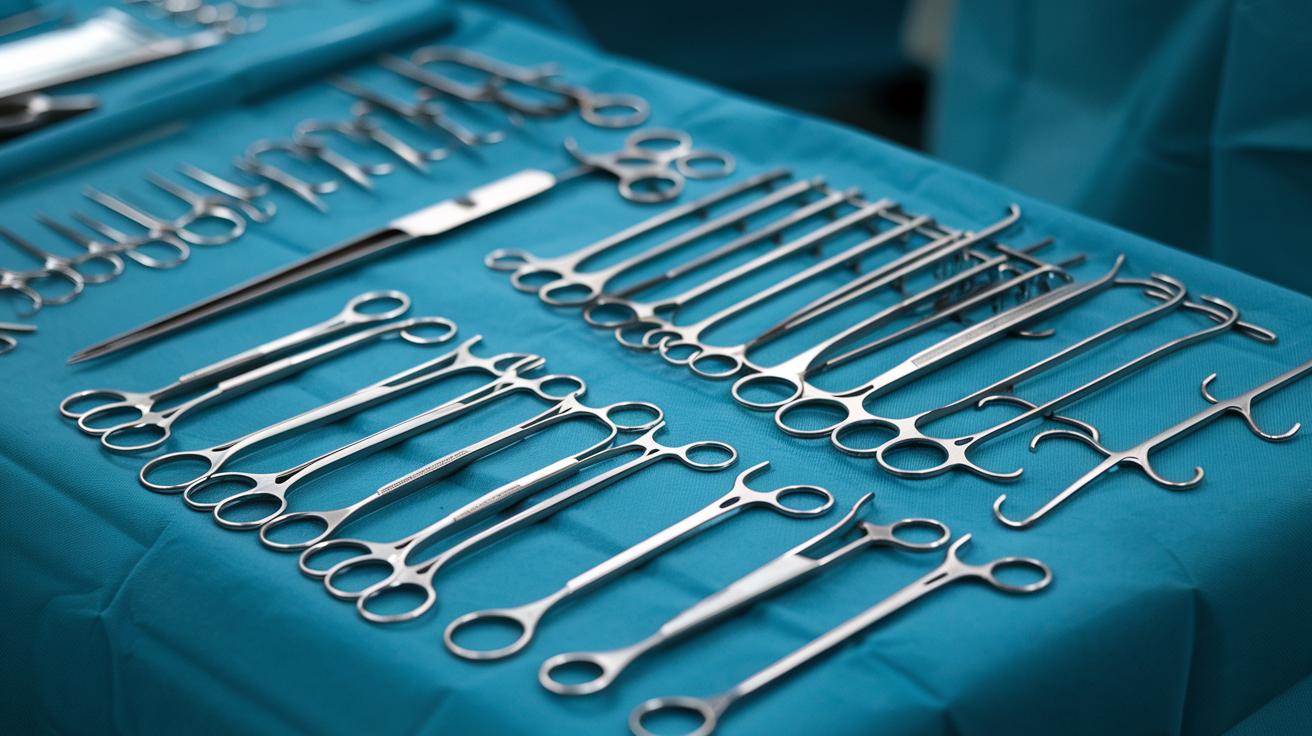
Surgical instruments are essential for performing a wide array of medical procedures, ensuring that surgeries are conducted safely and effectively. Instruments such as scalpels, forceps, and scissors are foundational in cutting, dissecting, and handling tissues. Precision in these tools allows surgeons to perform intricate operations with minimal damage to surrounding areas. The use of high-quality surgical instruments is critical to achieving successful surgical outcomes and minimizing postoperative complications. These tools must be meticulously maintained and sterilized to prevent infections and ensure patient safety.
Anesthesia machines are crucial in surgical settings, providing a continuous and controlled supply of anesthetic gases to patients. How do anesthesia machines function? They work by mixing oxygen with anesthetic agents, delivering the mixture to patients to maintain unconsciousness and pain relief throughout the procedure. This ensures that patients remain stable and comfortable during surgery. The precise regulation of anesthetic depth is vital, as it prevents awareness and manages physiological responses to surgical stress. Anesthesia machines often incorporate ventilators and patient-monitoring devices, allowing for comprehensive care during operations.
Surgical tables are indispensable in facilitating successful surgical procedures by providing the necessary support and positioning for patients. What role do surgical tables play? They allow for optimal patient alignment, enhancing surgical access and visibility for the operating team. Adjustable features, such as height and tilt, enable customization according to the specific needs of each procedure. This adaptability is crucial for accommodating various surgical techniques and ensuring patient comfort. The stability and functionality of surgical tables directly impact the efficiency and safety of surgeries, underlining their significance in hospital environments.
Patient Monitoring Devices: A Key Component of Hospital Care
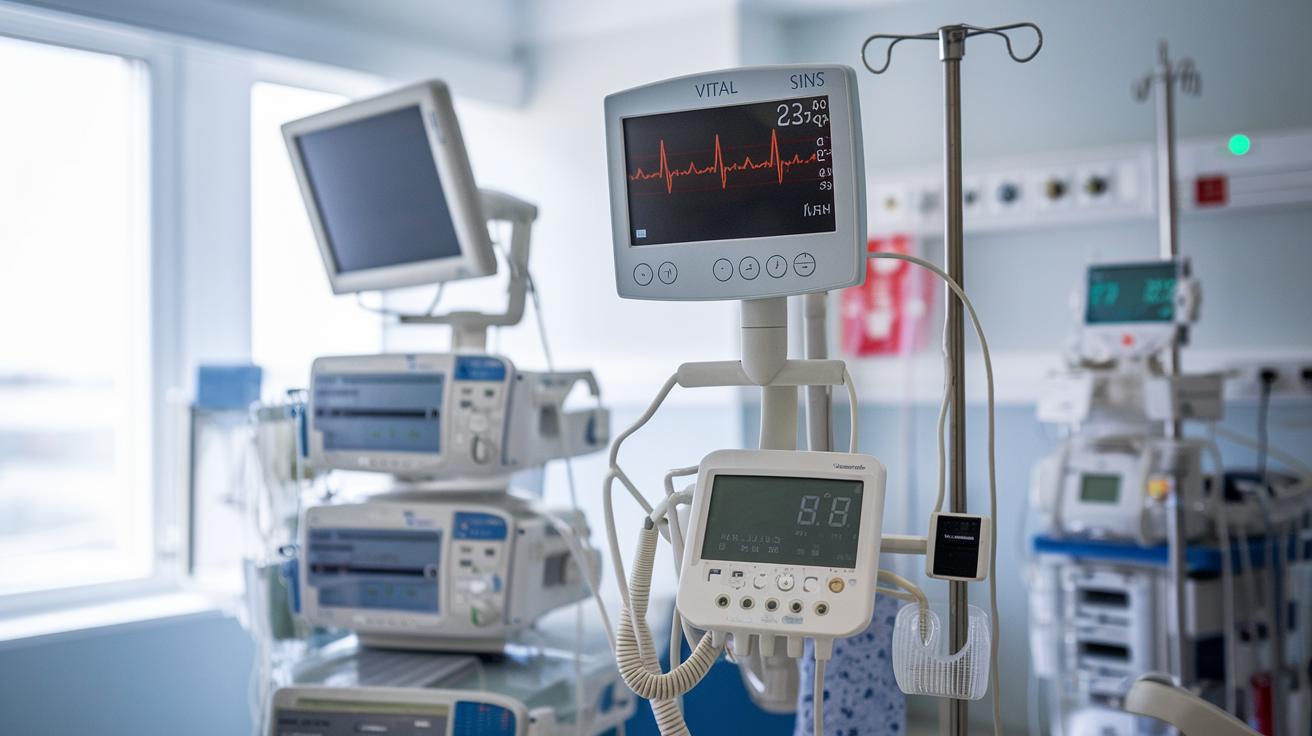
Continuous monitoring in hospital settings is crucial for effective patient care, allowing healthcare providers to assess and respond to changes in a patient's condition in real-time. Patient monitoring devices are indispensable tools for tracking vital signs, such as heart rate, blood pressure, and oxygen saturation, providing critical data that informs treatment decisions. These devices facilitate early detection of potential health issues, enabling timely interventions that can be life-saving. By maintaining a constant flow of information about a patient's physiological status, healthcare professionals can deliver precise and responsive care, thereby improving patient outcomes and safety.
Vital signs monitors and thermometers are among the most essential monitoring tools used in hospitals. Vital signs monitors offer comprehensive tracking of a patient's critical parameters, including cardiac and respiratory functions, allowing for immediate identification of abnormalities. Thermometers provide accurate temperature readings, an important indicator of a patient's health status. These devices are often integrated into multi-parameter monitoring systems, offering a holistic view of a patient's condition. The precision and reliability of these instruments are vital in ensuring that patients receive appropriate and timely medical attention.
- Enable early detection of health deterioration.
- Facilitate real-time adjustments in treatment plans.
- Improve patient safety through continuous oversight.
- Enhance decision-making with accurate, up-to-date information.
The Role of Infection Control Gear in Hospitals
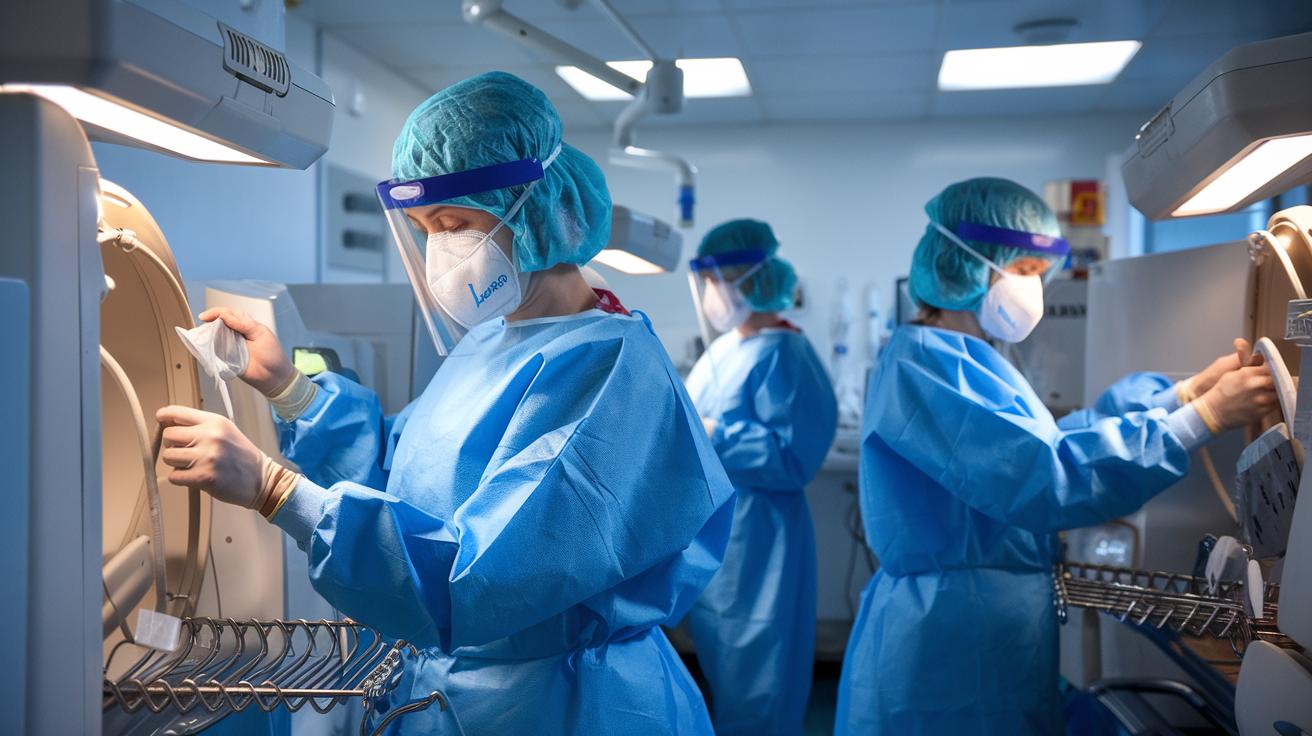
Infection control gear is paramount in healthcare settings, serving as a critical barrier against the transmission of infectious agents. Hospitals, being environments with high patient turnover and diverse medical interventions, are particularly susceptible to the spread of pathogens. Effective infection control measures are essential to protect both patients and healthcare workers, reduce hospital-acquired infections, and enhance overall safety. A comprehensive approach to infection control involves a combination of strategies, including the use of advanced gear designed specifically to prevent contamination and ensure a sterile environment.
Sterilization equipment, such as autoclaves, plays a vital role in maintaining the sterility of medical instruments and environments. How do autoclaves function? They use high-pressure saturated steam to eliminate all forms of microbial life, including bacteria, viruses, and spores, from surgical tools and other medical items. This process is integral to ensuring that all medical equipment is safe for use, thereby minimizing the risk of infection during medical procedures. Sterilization is not limited to instruments; it extends to any surface or item that may come into contact with patients or healthcare providers, underscoring its importance in maintaining a hygienic hospital environment.
Personal Protective Equipment (PPE) in healthcare is another cornerstone of infection prevention, providing a physical barrier between healthcare workers and potential sources of infection. PPE includes items such as gloves, masks, gowns, and face shields, each designed to protect against different modes of pathogen transmission. By creating a barrier, PPE reduces the likelihood of cross-contamination, safeguarding both healthcare personnel and patients. Its strategic use is critical during procedures that involve exposure to bodily fluids or infectious materials, enhancing the protection of all individuals in a healthcare setting. PPE's role in preventing the spread of infections is indispensable, making it a fundamental component of hospital infection control protocols.
Hospital Furniture and Its Importance in Patient Care
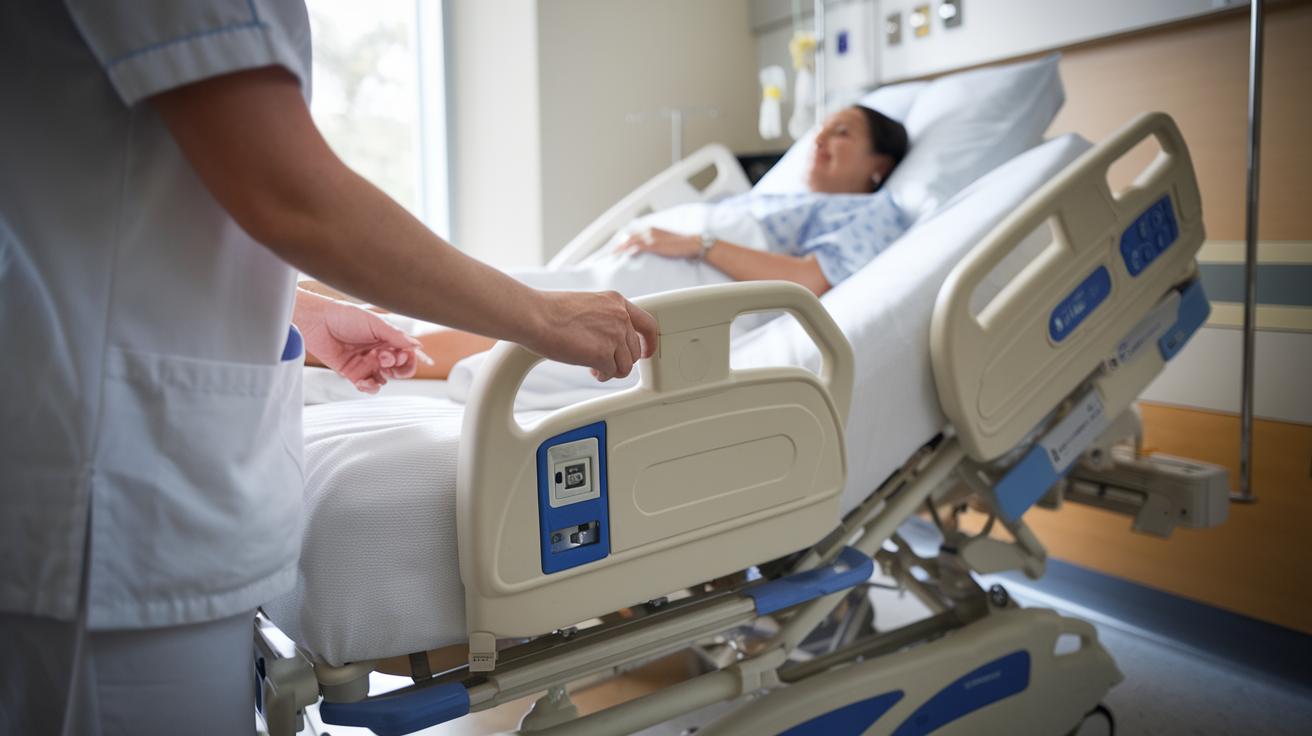
Hospital furniture is a cornerstone of patient care, significantly impacting both comfort and the quality of healthcare delivery. Hospital beds, a fundamental component of this furniture, are specifically designed to cater to the diverse needs of patients. Adjustable features, such as height and reclining capabilities, allow for personalization that accommodates individual preferences and medical requirements. These features not only enhance patient comfort but also aid in the prevention of complications such as pressure ulcers. Additionally, the ergonomic design of hospital beds supports healthcare providers in efficiently performing medical interventions, ensuring patient safety and facilitating effective care.
Patient transfer equipment is crucial for the safe and efficient movement of patients within hospital settings. Equipment like transfer boards, slide sheets, and hoists are designed to minimize physical strain on both patients and healthcare providers, reducing the risk of injury during transfers. How does patient transfer equipment improve hospital operations? It enhances workflow by allowing for smooth transitions between beds, wheelchairs, and other medical stations, thereby improving patient throughput and overall hospital efficiency. By ensuring that patient transfers are conducted safely and comfortably, these tools contribute to a more patient-centered care approach.
- Enhances patient comfort through ergonomic and adjustable design.
- Reduces risk of injury during patient transfers.
- Improves efficiency and workflow in healthcare settings.
Final Words
Navigating through the intricacies of essential medical equipment, the article emphasized the importance of life-saving tools such as defibrillators, ventilators, and infusion pumps, underscoring their critical roles in emergency care. Diagnostic tools, including ECG machines and imaging devices, facilitate accurate patient assessments, while surgical instruments are integral to successful operations.
Patient monitoring devices ensure constant health tracking, and infection control gear is pivotal for maintaining a sterile environment, safeguarding both patients and healthcare workers. Hospital furniture like beds enhances patient comfort and care delivery. Recognizing these as the most important gear in a hospital enhances the understanding of their indispensable roles in providing optimal healthcare.
FAQ
Q: What is critical equipment in a hospital?
A: Critical hospital equipment includes life-saving tools like defibrillators, ventilators, and infusion pumps, which are essential for emergency care and sustaining patients' lives in critical situations.
Q: What is the most important role in a hospital?
A: The most important role in a hospital depends on context, but ensuring comprehensive patient care is paramount, involving coordination between various departments, effective use of equipment, and skilled healthcare professionals.
Q: What is the most used medical equipment in hospitals?
A: Vital signs monitors are among the most frequently used equipment in hospitals, providing continuous heart rate and oxygen level tracking for patient assessment.
Q: What is the most important code in a hospital?
A: Hospital "Code Blue" is considered most important, signaling a medical emergency such as cardiac arrest, requiring immediate attention from medical staff.
Q: Can you provide a basic medical equipment list with their uses?
A: A basic medical equipment list includes defibrillators for cardiac emergencies, ventilators for breathing support, and infusion pumps for accurate medication delivery in clinical settings.
Q: Why are defibrillators, ventilators, and infusion pumps essential in hospitals?
A: Defibrillators restore heart rhythm, ventilators support breathing, and infusion pumps administer precise medication doses, collectively providing pivotal support in emergency and critical care.


